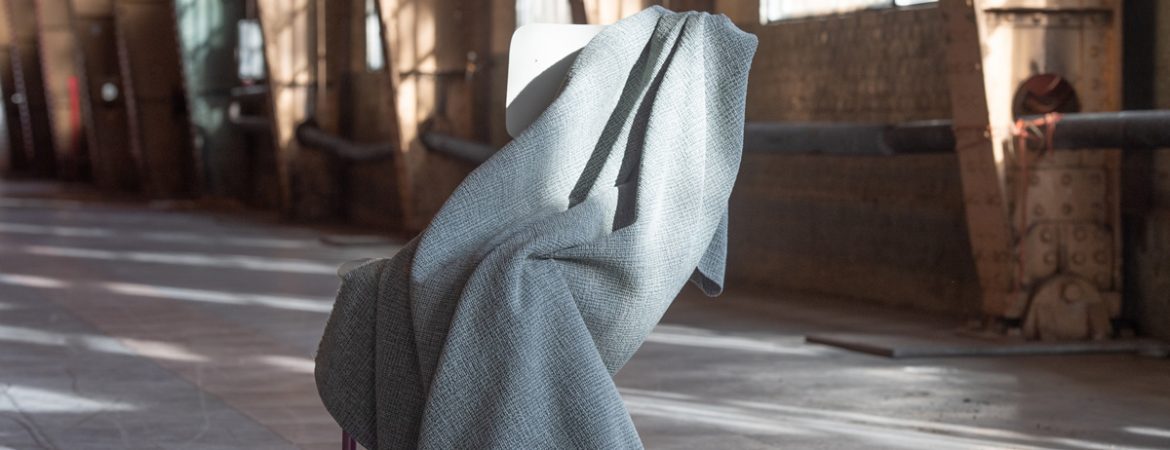
Reducing textile waste using the R ladder.
The European Union aims to have a circular economy in place by 2050. The EU has therefore introduced a framework that can help companies work towards this. To indicate the degree of circularity, the so-called R ladder has been introduced. Its aim is to reduce the amount of textile waste and encourage both reuse and recycling, thus reducing environmental impact.
Prevention
To avoid producing waste, furniture textile production can focus on using sustainable materials for upholstery fabrics. Product design will be optimised for longer life and easy repair. Finally, the focus is on reducing textile waste and maximising efficiency in the production process, for example through lean manufacturing.
Reuse
Furniture textiles can be reused in various ways, for example by refurbishing old furniture and reselling it. By designing products with reuse in mind, for example by extending their lifespan and improving their quality, the use of raw materials can be reduced and waste avoided.
Recycling
Recycling is an important part of the circular economy and can be used to repurpose materials from discarded furniture textiles into recycled upholstery fabrics. This can be achieved by separating different materials, such as fabrics, metals and plastics, allowing them to be recycled into new raw materials. Design for Recycling is also a popular topic; this involves designing a piece of furniture in such a way that it can be easily taken apart (modular) and the materials can be easily recycled. By encouraging the production of recycled upholstery fabrics, the demand for new raw materials can be reduced and waste materials can be turned into new resources.
Energy recovery
When materials can no longer be reused or recycled, energy recovery is a good option for reducing waste as well as generating energy from waste. This can be done by burning waste materials to generate steam, which can then be converted into energy. Although energy recovery is not as sustainable as prevention, reuse or recycling, it can still help reduce the amount of textile waste going into landfills. This is a low rung on the R ladder, however, and should really be viewed as a last resort.
Landfilling
Landfilling is the least sustainable option and should be avoided whenever possible. It is important to realise that even the best waste management strategies cannot prevent some waste from ending up in landfills. It is therefore very important to optimise the production of furniture textiles to minimise waste and to always strive to reduce, reuse and recycle materials, for example by using biodegradable material.
Managing waste is important for several reasons, including:
- Environmental conservation: textile production is one of the world’s most polluting industries. Textile production requires large amounts of water, energy and chemicals, which can lead to pollution of air, soil and water. Textile waste management can help curb this pollution by reducing the amount of textile waste sent to landfills or for incineration.
- Limiting the waste stream: textile waste is the total amount of waste we produce. Waste management can help reduce the amount of waste going to landfills or incinerators, thus reducing the number of landfills needed. Reducing waste is done in part by recycling materials so that recycled upholstery fabrics can be produced.
- Extending the lifespan of textiles: many textile products have a long lifespan and can be reused or recycled when no longer needed. By producing textiles in a responsible manner, we can extend the life of textiles and reduce the amount of textile waste.
- Sustainable materials for upholstery fabrics: textile waste management can also help reduce the need for primary raw materials. For example, textile recycling can be used to convert old upholstery fabrics into new fibres, reducing the need for new fibres and the environmental impact of producing new fibres.
In short, reducing textile waste can help reduce the impact of production on the environment and contribute to a more sustainable society.